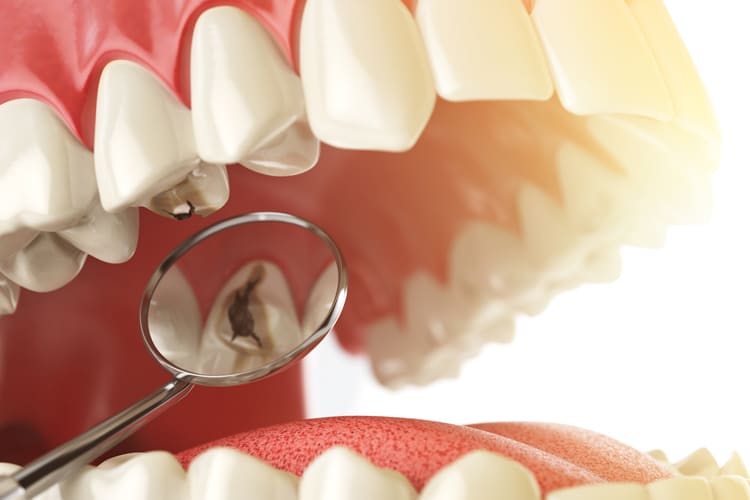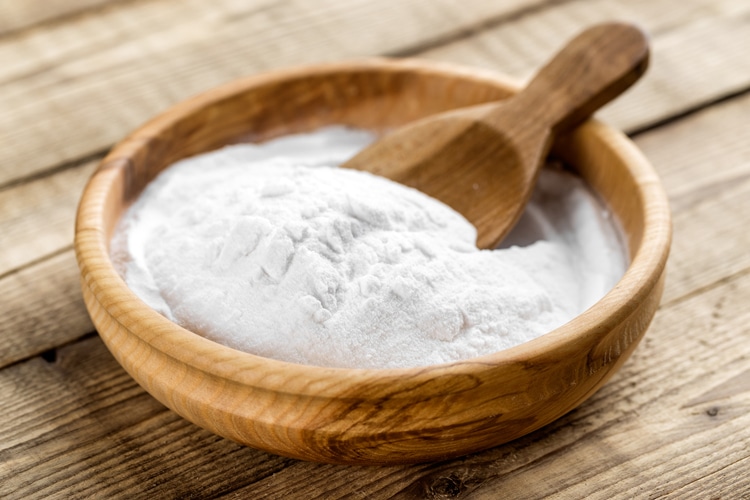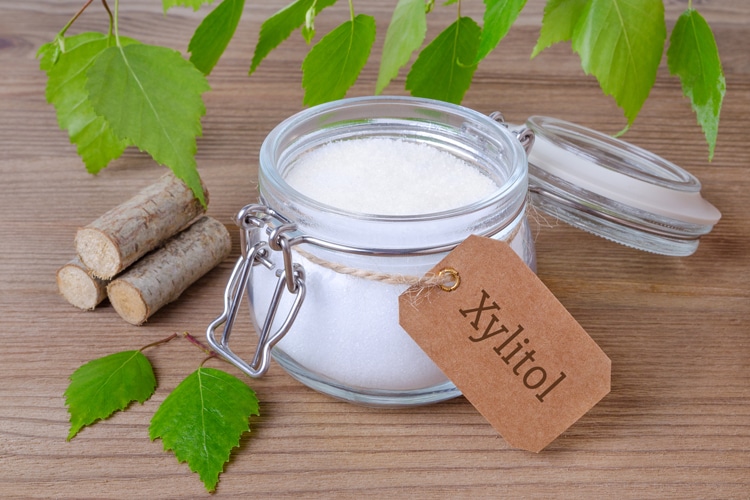Using Adjunctive Therapies to Prevent Caries
Caries development is a dynamic process involving four players: bacteria, fermentable carbohydrates, a tooth, and an extended time period.

The Next Generation of Caries Prevention
Caries development is a dynamic process involving four players: bacteria, fermentable carbohydrates, a tooth, and an extended time period. The prevailing caries prevention paradigm involves targeting bacteria (antimicrobial agents) and enamel (mainly through the use of fluoride). This approach has had limited success in reducing the worldwide prevalence of caries. The next generation of disease prevention, however, must include behaviors and actions outside of those traditionally supported.
Photo Credit: Bet_Noire / iStock / Getty Images Plus

Implementing Adjunctive Therapies
The fact that fluoride effectively prevents, or at least decelerates the caries process is well known. However, some populations avoid its use due to concerns about the safety of consuming fluoride. As such, to provide culturally competent care to patients who may reject fluoride, oral health professionals should be familiar with nonfluoride caries preventive agents and their effectiveness.
Photo Credit: Anton Shulgin / iStock / Getty Images Plus

Baking Soda
Sodium bicarbonate, or baking soda, has long been used to treat periodontal diseases and dental caries. It is inexpensive and has high biocompatibility (produces no side effects, has no toxic effects). Sodium bicarbonate’s effectiveness as a caries preventive agent is due to its bactericidal properties, effectively killing caries-causing bacteria, such as Streptococcus mutans, and its buffering capacity, raising salivary pH to normal levels after the consumption of carbohydrate-rich foods. Physically, the high solubility of baking soda allows it to penetrate oral biofilms, contributing to the acid-neutralizing effect. Baking soda is mostly used in dentifrices, but studies have also shown its efficacy as an oral rinse and in chewing gum (2% and 4% concentrations).
Photo Credit: ivandzyuba / iStock / Getty Images Plus

Xylitol
Xylitol, a five-carbon sugar alcohol, inhibits bacterial metabolism, increases salivary flow, and reduces transfer of bacteria from mother to child. While xylitol is a naturally occurring sugar found in many fruits and vegetables, most of the supply used in packaged foods is from sustainable xylan-rich hardwood sources, such as birch and beechwood. A daily dose of 5 g to 6 g of xylitol must be consumed at least three times or more per day in syrups, wipes, gum, dentifrices, lozenges, mouthrinses, or snack foods to be effective. Some concern exists regarding the choking hazard posed by chewing gum and the American Academy of Pediatrics recommends against it for children younger than 4 and those with chewing or swallowing disorders. Nevertheless, xylitol use is supported by the American Academy of Pediatric Dentistry for caries prevention in children who have moderate- and high-risk caries risk and by the American Dental Association (ADA) for children who have previously experienced dental caries.
Photo Credit: nadisja / iStock / Getty Images Plus

Other Agents
Other agents that show promise in preventing caries are chlorhexidine, arginine, tricalcium phosphate, amorphous calcium phosphate-casein phosphopeptide, triclosan, and iodine. In 2011, the ADA’s Center for Evidence-Based Dentistry published its findings regarding nonfluoride caries preventive agents on the market in the US. A chairside guide is available for clinicians to download at: ebd.ada.org. A more recent systematic review did not make any recommendations regarding specific regimens due to the lack of well-controlled studies.
Photo Credit: Bacsica / iStock / Getty Images Plus

Sealants
Occlusal caries constitutes approximately 80% of the caries seen in children up to age. Application of sealants as soon as the permanent teeth erupt has long been supported but is still underutilized, especially in the populations that need sealants the most. Many erroneously believe their application is limited to children. Sealants can be applied to any deciduous or permanent molar without adverse effects. Additionally, sealants can be applied to prevent incipient lesions from progressing into larger lesions. According to a recent Cochrane Review, sealants produce an 11% to 51% reduction in occlusal caries compared with no sealant application.


There are a couple additional options for consideration… Chitosan can be found in some new products by Prisyna, Tea extracts can be found in products by Mighteaflow, Chlorine Dioxide options, CPC’s (Cetylpyridinum Choride)
Delmopinal Hydrochloride, and don’t forget about Silver Diamine Fluoride…Stannous Fluoride is now one of our most popular options with the addition of other ingredients to make them even more effective than ever before.